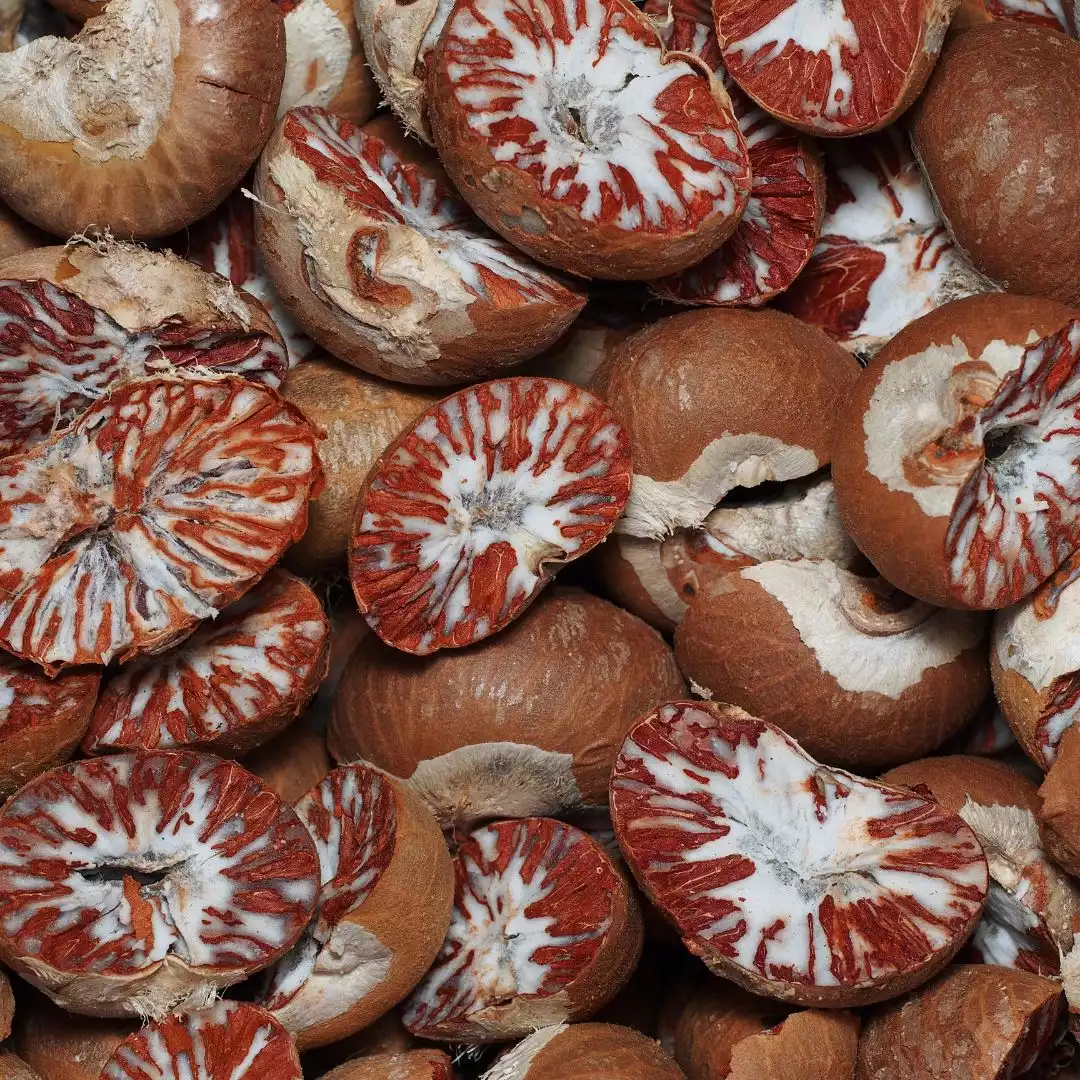Roasted Almonds
Characteristics:
- Appearance: Golden-brown nuts with a crispier texture compared to raw almonds.
- Texture/Taste: Crisp and crunchy with an intensified, richer nutty flavor resulting from the roasting process.
- Nutritional Profile (Typical Analysis per 100g):
- Nutritional values largely similar to raw almonds, though some heat-sensitive nutrients may experience slight reduction due to roasting.
Nutritional Information (Typical Analysis per 100g):
- Energy: Around 579 kCal
- Protein: 21-25 g
- Total Fat: 49-55 g
- Saturated Fat: 3.7-4.4 g
- Monounsaturated Fat: 31-35 g
- Polyunsaturated Fat: 12-15 g
- Carbohydrates: 22-25 g
- Dietary Fiber: 11-13 g
- Sugars: 3.9-4.2 g
Description
Roasted almonds are nuts that have undergone a heating process, enhancing their flavor, texture, and aroma. Typically, they are dry-roasted or oven-roasted until they attain a golden-brown color and a crispy, crunchy texture.
Usage:
- Snacking: Popular as a snack due to their intensified taste and crunchy texture.
- Cooking/Baking: Used in recipes requiring the nutty flavor and crispiness brought by roasted almonds, such as in baked goods, granola, or savory dishes.
Storage and Handling:
- Packaging: Available in various forms—whole, sliced, chopped, or ground—packed in airtight containers or bags.
- Storage Conditions: Keep in a cool, dry place away from moisture and direct sunlight to maintain freshness.
Conclusion: Roasted almonds offer a more intense flavor profile and crunch compared to their raw counterparts. They are a preferred choice for snacking and cooking purposes, adding a rich nutty taste and texture to various recipes and dishes.





